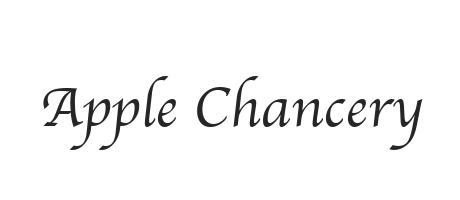


Typography designers can exercise a lot more artistic freedom in the design of the ampersand, ranging from very traditional representations to those that bear little resemblance to the original form.īut many designers have little knowledge about the origin and meaning of the ampersand. The ampersand has a long and rather interesting history, though.Īnd with all the variations available out there, there are a whole host of design possibilities presented by this particular character. Read on for more information, a history of the ampersand, and a gallery of ampersand designs from a variety of different typefaces. The ampersand can be traced back to the first century AD. It was originally a ligature of the letters E and T (“et” is Latin for and). If you look at the modern ampersand, you’ll likely still be able to see the E and T separately.

The first ampersands looked very much like the separate E and T combined, but as type developed over the next few centuries, it eventually became more stylized and less representative of its origins. You can see the evolution of the ampersand below (1 is like the original Roman ligature, 2 and 3 are from the fourth century, and 4-6 are from the ninth century). The modern ampersand has remained largely unchanged from the Carolignian ampersands developed in the ninth century. Italic ampersands were a later ligature of E and T, and are also present in modern fonts. These were developed as part of cursive scripts that were developed during the Renaissance. They’re often more formal-looking and fancier than the standard Carolignian ampersand. The word “ampersand” was first added to dictionaries in 1837. The word was created as a slurred form of “and, per se and”, which was what the alphabet ended with when recited in English-speaking schools.

And the ampersand symbol was originally the last character in the alphabet.) (Historically, “and per se” preceded any letter which was also a word in the alphabet, such as “I” or “A”. The ampersand is a part of every roman font. It’s used in modern text often, probably most frequently in the names of corporations and other businesses, or in other formal titles (such as Dungeons & Dragons). It’s experiencing a bit of a resurgence in general usage, as it commonly replaces “and” in text messages and Twitter updates. Ampersands are also commonly used in programming, particularly in MySQL, C and C++, XML, SGML, and BASIC. The original ampersand designs reflected their origins as a ligature of E and T. Even as the ampersand has evolved and become more stylized, it still retains the basic shape of E and T combined.


 0 kommentar(er)
0 kommentar(er)
